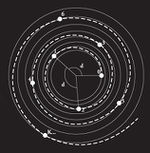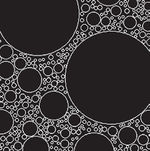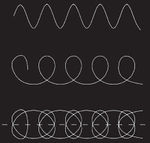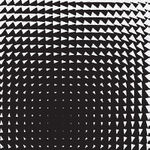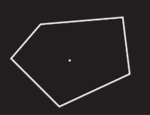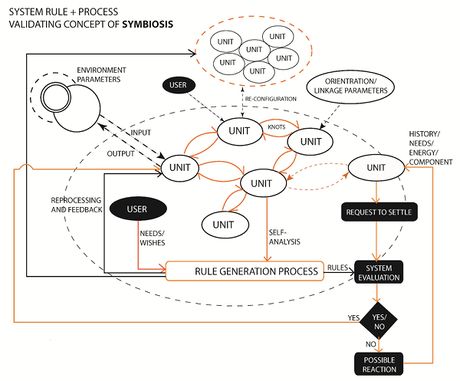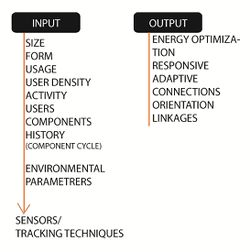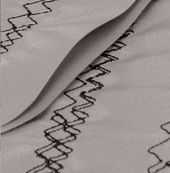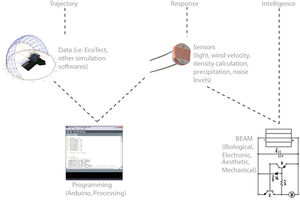project H:FABRICATION + ADAPTATION
Contents |
FABRICATION + ADAPTATION
ITERATION
Different techniques such as repetition, unfolding, bending, mirroring, twisting, scaling and duplication will be carried out on component geometry to develop construct iterations. Some of the possible itereations have been shown below:
SYSTEM RULES
In order for elements in these components to be self-organizing and reconfiguring, there have to be a set of inbuilt rules for them to arrange themselves, so that the system is not chaotic and at the same time, is not stable/static.
Rules would help to give a basis for the system to organize itself. A system must meet a number of conditions and constraints to be able to move from a disordered state to an ordered one. This could also be done by establishing a set of rules for the system. The intent is to create a system that has no organization within itself but, if provided with the right conditions, it could self-organize.
MATERIAL
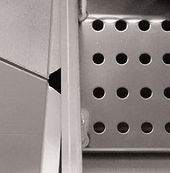
SHEET METAL: It can be folded without loss of structural integrity) can be formed into complex, three-dimensional shapes by multi-axis folding machine or CNC miller.
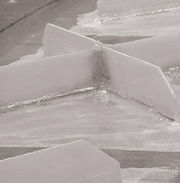
FIBRE-GLASS: As with any pouring or moulding process, the act of casting shapes out of fluid materials has the advantage that complex, curved surfaces may be achieved.
MEMBRANE FABRIC: An air cell structure is one that is self-supportable and self-erectable using only an air fan, it is constructed entirely from fabric and can therefore be reduced to a small volume for handling and transportation. Cellular nature of the structure offers an enormous range of geometrical variations including the capacity to be self-supporting and to resist wind load.
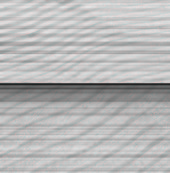
TIMBER: The fabrication of timber is one of the most common things. It depends in the first instance upon the quality of the raw material and the way in which it is treated.
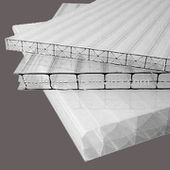
POLYCARBONATE PANEL: Polycarbonate panels are made up of polymers added with carbonate. It is very easy to work with in terms of manufacturing, shaping, bending, rolled out into sheets, among others..It is used for making the ultra hard outer coating for automobile panels and other components.It is a light weight and ultra tough materials.
CONSTRUCTION
In situ construction. The system is made of multiple components. It is designed especially for the host site and constructed in it. The components are moved there and connected to each other according to the scenario and the parameters.
MECHANISM
Hydraulic mechanisms are used in the interior part of each component. Capturing the energy these mechanisms make the component as well as the system to interact.
AUTOMATION
How much intelligence is efficient to embed
In order to understand which electronics and software would be best suited to our needs it is important to understand the different impacts that they could have on the user interface and resulting fabrication. There is a gradient of intelligence that can be embedded including an integration of more than one system approach.
BEAM(Biological, Electronic,Aesthetic, Mechanical)approach will be adopted in this regard.
BEAM
Design of the component makes it inherently reactive to its environment. It is therefore possible to embed an intelligence into the component; an ability to respond to external conditions independently. It is conceivable to employ this technology in the focusing system associated with the enclosures. Based on system design, the component would continuously adapt by treating the connection between circuit components as neurons in the brain.
